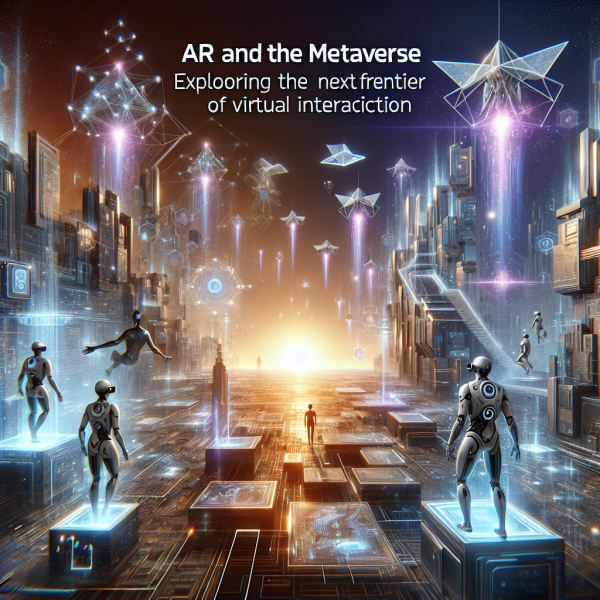Gaming Meets Reality: The Future of AR in Interactive Play and Sports

The intersection of gaming and reality is more vibrant than ever, particularly with the advent of Augmented Reality (AR) technologies. The gaming landscape has evolved drastically over the past few decades, shifting from traditional consoles to immersive experiences that blend our physical environments with fantastical digital elements. AR is at the forefront of this revolution, poised to transform how we interact with games and sports alike.
Understanding Augmented Reality
Augmented Reality overlays digital information—graphics, sounds, and other sensory enhancements—onto the real world. Unlike Virtual Reality (VR), which immerses users in a completely virtual environment, AR allows players to interact with digital elements while remaining aware of their surroundings. This unique aspect provides numerous opportunities for innovative gaming experiences and interactive sports.
The Rise of AR in Gaming
AR gaming has already captured the imagination of millions. Titles such as Pokémon GO and Minecraft Earth have popularized the concept, allowing players to explore their real-world environments while engaging with beloved characters and structures. These games have rekindled a sense of adventure and community, encouraging users to venture outdoors, collaborate with friends, and experience the thrill of discovery.
Immersive Gameplay
Developers are now leveraging AR technology to create immersive experiences that go beyond simple overlays. With advancements in smartphone cameras and sensor technology, future AR games promise to deliver breathtaking graphics and responsive gameplay that reacts to players’ movements in real time. Imagine a game where players must physically move through their environments to complete quests, dodge virtual obstacles, or engage in epic battles with digitally rendered foes.
Enhanced Storytelling
AR also opens the door for rich storytelling experiences. By embedding narrative elements into the real world, game developers can craft unique adventures that unfold as players interact with various locations and objects. This adds layers of depth, creating a more engaging storytelling experience that encourages exploration and curiosity.
AR’s Impact on Sports
The potential of AR extends beyond gaming, significantly influencing the world of sports. From training and skill development to fan engagement, AR is reshaping how athletes and spectators interact with sports.
Training and Skill Development
Athletes can leverage AR technology for high-level training simulations that mimic real-life scenarios. Coaches can create environment-specific drills that visualize performance metrics, helping athletes make real-time decisions based on data. For instance, a basketball player could see overlays of shooting angles or receive instant feedback on their form while practicing on the court.
Enhanced Spectator Experience
For fans, AR offers an enriched viewing experience. Imagine attending a live sports event where AR glasses provide real-time statistics, player bios, and instant replays—all integrated into the game. Fans can also engage with interactive elements, such as trivia, polls, or virtual player meet-and-greets while in the stadium or watching from home.
Fantasy Sports Revolutionized
Augmented Reality holds the potential to revolutionize fantasy sports. Participants could visualize player stats and projections in real-time while viewing games on their devices. Digital avatars representing their fantasy teams could navigate through stadiums or arenas, making the fantasy sports experience more interactive and engaging.
Challenges Ahead
While the prospects of AR in gaming and sports are promising, several challenges must be addressed. Technological limitations regarding hardware accessibility and battery life are significant hurdles that need overcoming. Additionally, developers face the challenge of creating rich, engaging content that keeps users coming back for more. Safety and privacy considerations are also paramount, particularly as AR applications often rely on location tracking and personal data.
Conclusion
As AR technology continues to evolve, the future of interactive play and sports appears incredibly bright. By blending physical and digital realities, AR offers an innovative approach to gaming and sports that encourages engagement, exploration, and community building. Whether enhancing gameplay, transforming training, or enriching the spectator experience, AR is set to redefine the boundaries of how we play and interact. The next generation of gaming and sports is not just on the horizon; it is already weaving itself into the fabric of our reality.













